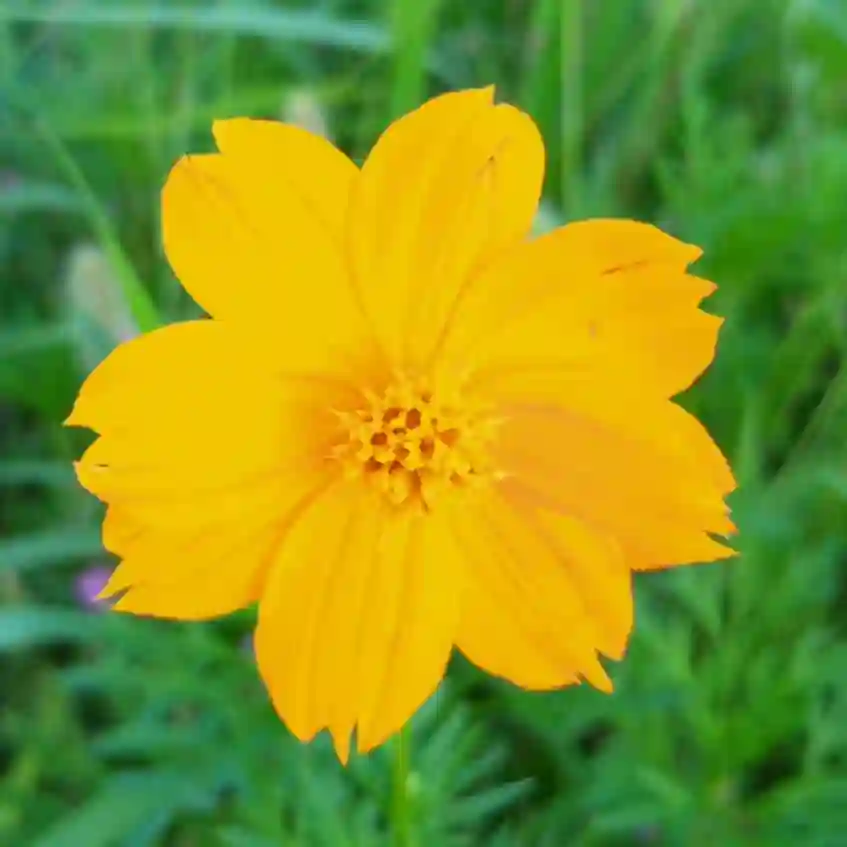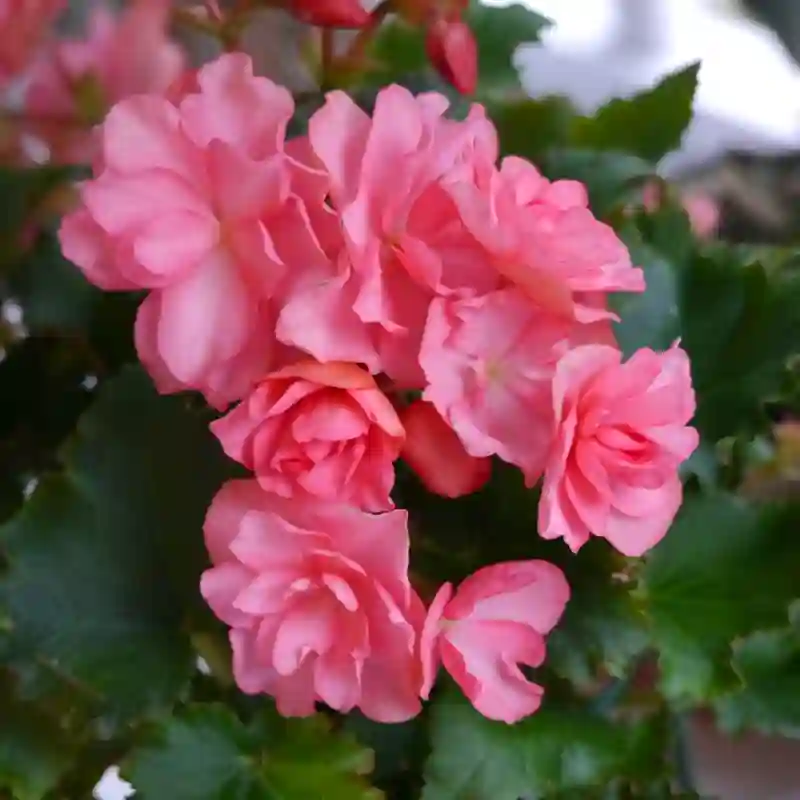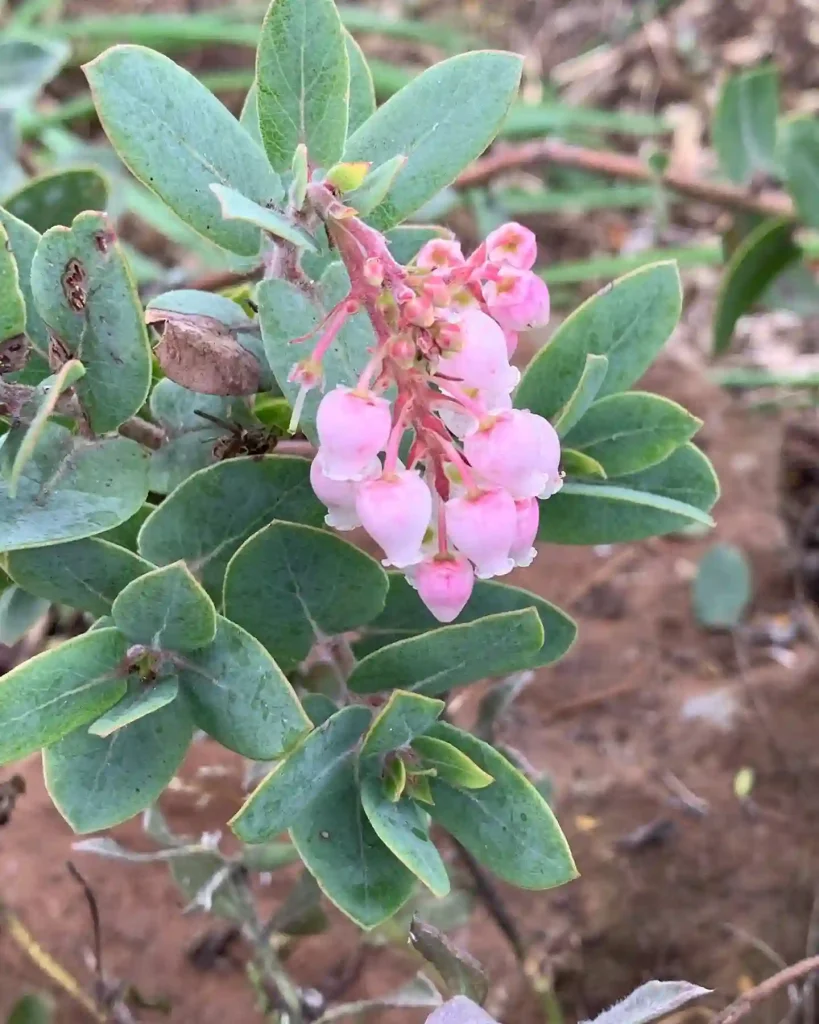
All You Need to Know About Verbena Hybrida: A Gardener’s Guide
I’m Ferb Vu, and I’m here to share my passion for gardening with you! Today, we’re diving into the delightful world of Verbena hybrida, also known as the common garden verbena. These vibrant flowering plants are a staple in many gardens, bringing a burst of color and attracting pollinators.
Whether you’re a seasoned gardener or just starting out, Verbena hybrida is a fantastic choice. Let’s explore everything you need to know about caring for these beauties.
165 Species in Genus Verbena
What is Verbena Hybrida?
Verbena hybrida is a hybrid flowering plant belonging to the Verbenaceae family. These herbaceous plants are typically grown as annuals in most climates, although they can be short-lived perennials in warmer regions (USDA zones 9-10).
Verbena hybrida boasts stunning clusters of small flowers in a wide range of colors, including red, pink, purple, white, and even bi-colored varieties. Their foliage is typically green, simple, and arranged oppositely on the stems.
How to Care for Verbena Hybrida?
Bringing out the best in your Verbena hybrida is easy with proper care. Here’s what they need to thrive:
- Sunlight: Verbena hybrida loves sunshine! Aim for at least 6-8 hours of direct sunlight per day for optimal flowering.
- Soil: Well-draining soil is key. Amend your planting area with compost or sand if needed to ensure proper drainage.
- Watering: Water your Verbena hybrida regularly, especially during hot and dry periods. Aim to keep the soil consistently moist but not soggy.
- Fertilizer: Apply a balanced fertilizer every few weeks during the growing season to encourage continuous blooming.
- Deadheading: Regularly deadhead spent flowers to promote new blooms and maintain a tidy appearance. Simply snip off the flower head just below the faded blooms.
How to Propagate Verbena Hybrida?
There are two main ways to propagate Verbena hybrida:
- Seed: Sow seeds indoors 6-8 weeks before the last frost. Once the danger of frost has passed, transplant seedlings outdoors into your desired location.
- Cuttings: Take stem cuttings from healthy Verbena hybrida plants in early summer. Dip the cut ends in rooting hormone and plant them in a pot with well-draining soil. Keep the soil moist and provide indirect sunlight until the cuttings root.
What to Plant with Verbena Hybrida?
Verbena hybrida’s low-growing and spreading habit makes them ideal for borders, edging, and rock gardens. They also work wonderfully in containers and hanging baskets, adding a splash of color to patios and balconies.
Here are some excellent companion plants for Verbena hybrida:
- Petunias: These vibrant annuals share similar light and water requirements, creating a stunning color combination.
- Marigolds: Marigolds deter certain pests and add a touch of yellow or orange to the mix.
- Salvia: Salvia’s upright growth habit complements Verbena hybrida’s spreading form, and their blooms come in various colors for a captivating display.
- Celosia: Celosia’s unique, feathery flowers add textural interest and come in shades that complement Verbena hybrida’s palette.
Common Problems with Verbena Hybrida
While generally low-maintenance, Verbena hybrida can be susceptible to a few common problems:
- Powdery mildew: This fungal disease appears as white powdery spots on leaves. Improve air circulation and avoid overhead watering to prevent it.
- Aphids: These tiny sap-sucking insects can damage leaves. Use insecticidal soap or neem oil to control them.
- Root rot: Overwatering can lead to root rot. Ensure proper drainage and adjust your watering schedule accordingly.
Conclusion
Verbena hybrida is a rewarding addition to any garden. With their vibrant blooms, easy care requirements, and versatility in the landscape, they’re sure to bring joy and color to your space. So, get planting and enjoy the beauty of Verbena hybrida!
If i die, water my plants!



